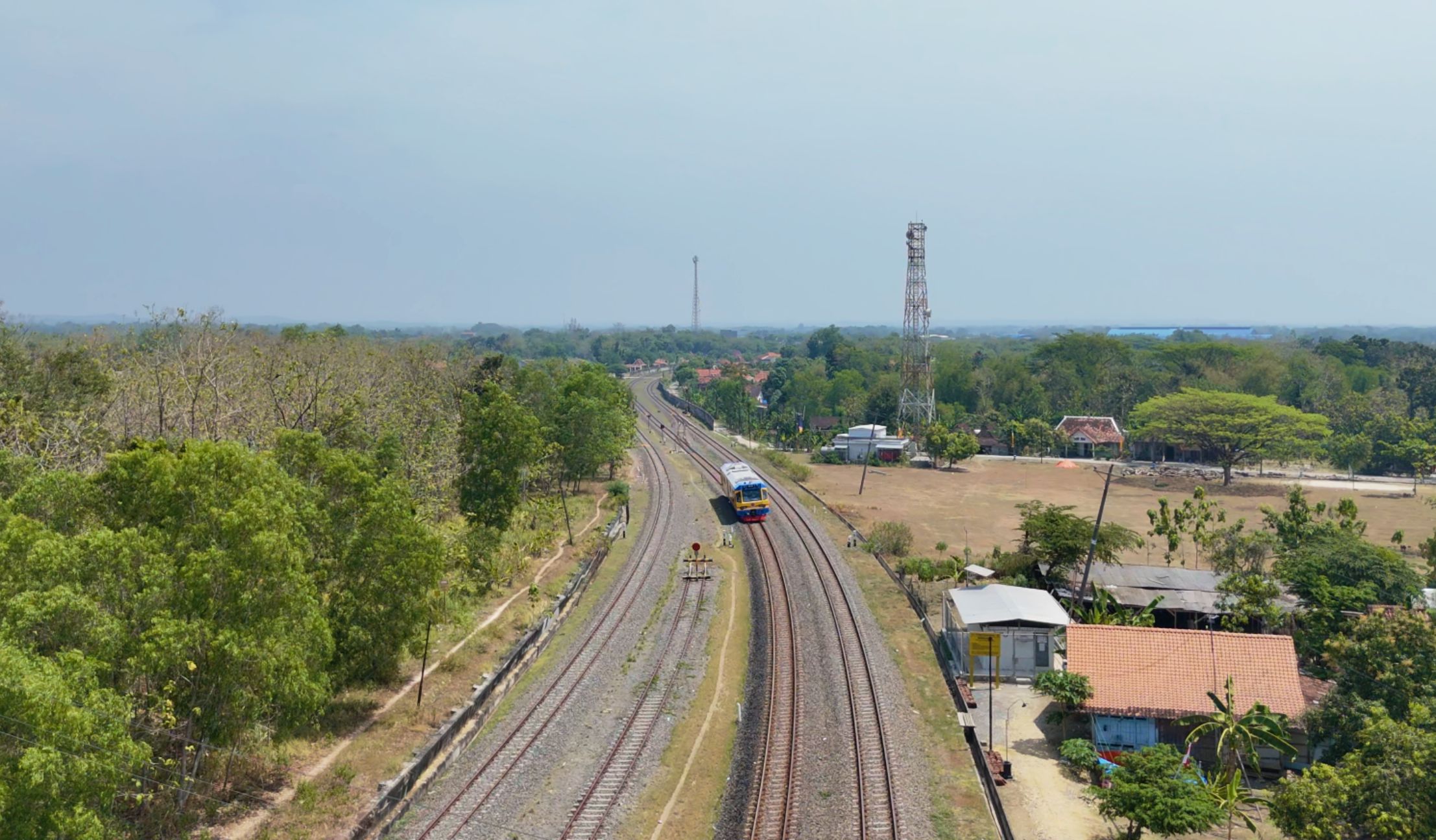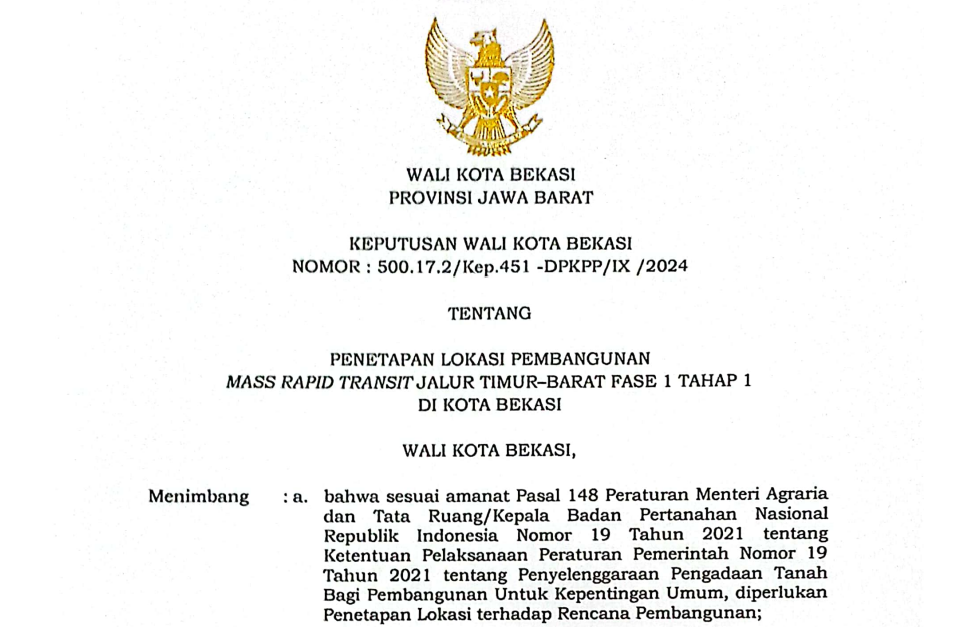It Turns Out Trains and Carriages Are Different!

Padang – Many people often confuse the terms train and carriage, but in reality, these two terms have distinct meanings in the world of railways. While they are closely related in railway operations, the difference between them is quite significant.
According to Law No. 23 of 2007 on Railways, here’s an explanation of the difference between a train and a carriage:
-
Train A train is a railway vehicle used to transport passengers. It does not have its own engine, so it must be pulled by a locomotive. Some types of passenger trains include:
-
Executive Class, Business Class, and Economy Class trains,
-
Dining Cars, Power Cars, and Baggage Cars.
-
There are also self-propelled trains, which have their own engine to transport passengers, such as:
-
Diesel Hydraulic Railcars (KRDH),
-
Diesel Electric Railcars (KRDE), and
-
Electric Railcars (KRL).
-
Carriage A carriage is a railway vehicle used to transport goods, whether bulk cargo or general freight. Carriages are not used to carry passengers. Some types of carriages include:
-
Open Carriages (for large or bulk cargo),
-
Closed Carriages (for items that need protection),
-
Flatbed Carriages (for large items like vehicles or machinery).
In general, trains are used to transport passengers, while carriages are used to transport goods.
With this explanation, I hope you now have a better understanding of the fundamental difference between trains and carriages. Even though both are part of the railway system, their functions are very different!













Komentar
LOGIN FOR COMMENT Sign in with Google